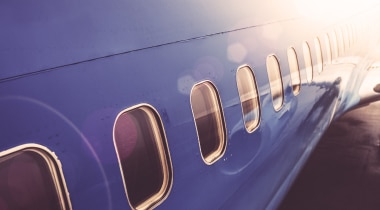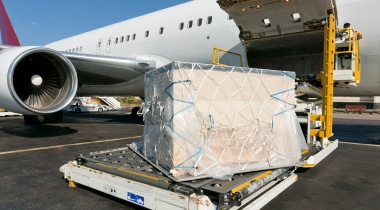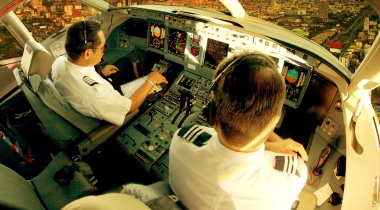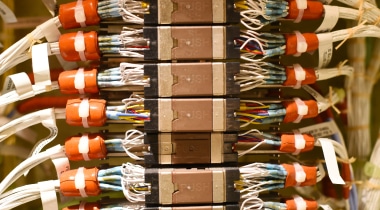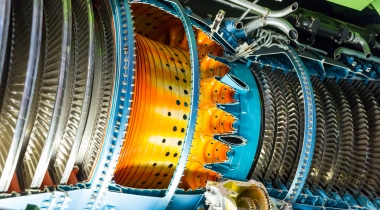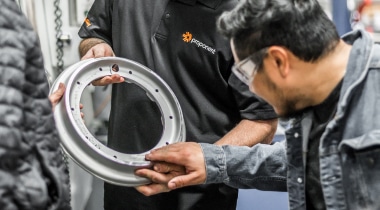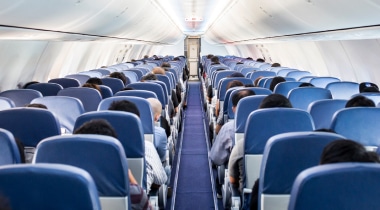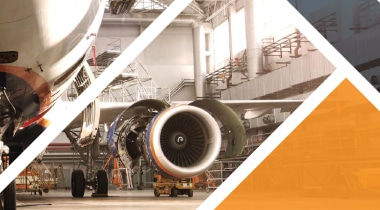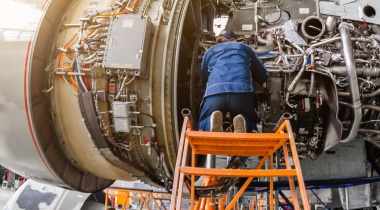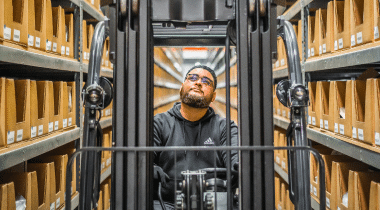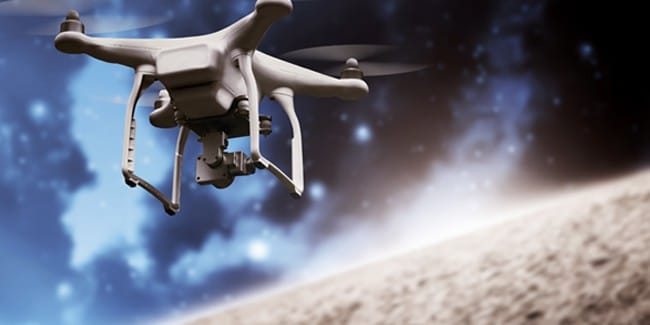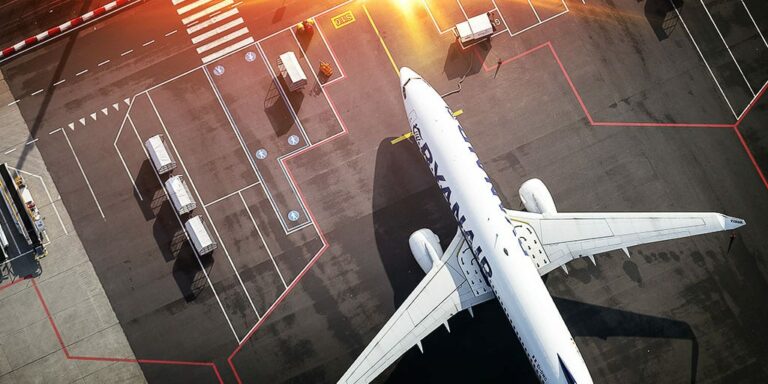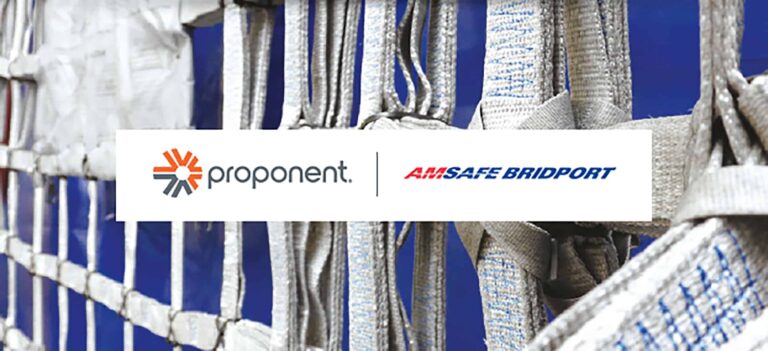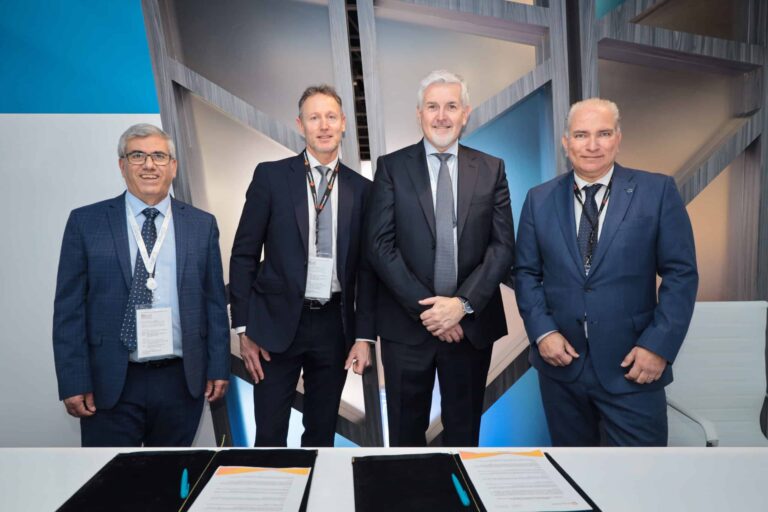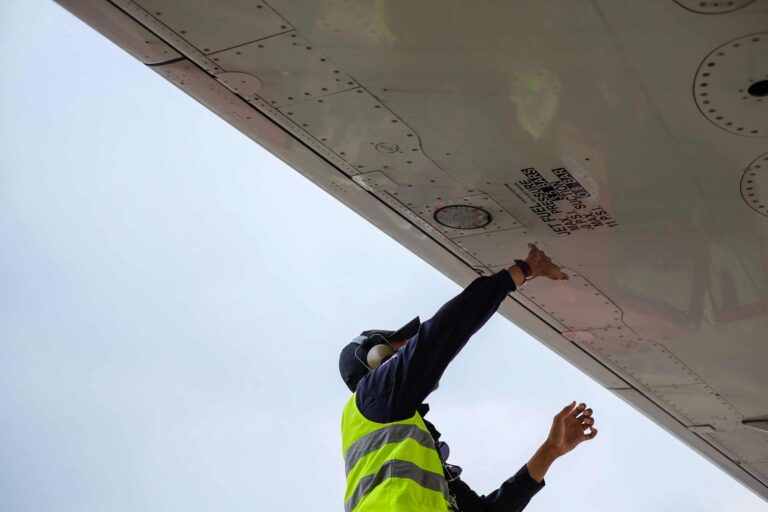Space Drones and the Future of Drones in Aerospace
Ten years ago, the term “drone” conjured images of highly specialized military aircraft flying covert missions. Five years ago, drones had shifted to mean that annoying little toy being flown by a hobbyist and disturbing your picnic in the park. In 2018, drones could very well mean the future of the aviation industry.
Driven as much by a cultural shift in consumer and commercial use as by improvements in technology, drones – or unmanned aerial vehicles (UAVs) – are at a crossroads right now, and given the wide array of commercial applications across industries, it seems likely that the policy regulators are the ones that are going to have to scramble to catch up with drones.
Commercial Uses of Drones
From agriculture and filmmaking to insurance and online shopping – and even international humanitarian organizations – drones are being used to great effect in widely differing industries. Here are some highlights of the applications that are really moving the needle of how drones can be a transforming technology in 2018.
Farming & Agriculture
Drones in agriculture bring a level of precision and automation tech that, when combined with a farmer’s know-how, make for a powerful combination. Drones can perform complex tasks that are simply impossible for farmers to do themselves on the scale and with the accuracy that the UAVs are able to:
- Monitoring soil and crop health
- Applying water and fertilizers to the fields
- Tracking weather
- Collecting and analyzing data to develop short-term action plans, as well as long-term yield estimations
Business
With new applications arising all the time, it’s difficult to create a comprehensive list of how drones are being used by various businesses. But, suffice to say, UAVs are already changing the status quo, even if many of the uses listed below are still in early stages, currently without large-scale adoption:
- Photography and videography technology
- Shipping/delivery services
- Aerial surveying/mapping
- Site inspections
- Video tours for real estate
Aerospace
The aerospace industry is also exploring the use of space drones to provide inspections of commercial aircraft. With traditional technology, visual inspections can take up to six hours, but space drones could significantly reduce the amount of time and provide increased accuracy and ease of documentation. When combined with visual processing algorithm systems, the footage gathered by space drones could send service work orders to an aircraft’s maintenance team as soon as a fault is identified. This could lead to greatly reduced maintenance service costs and improved overall safety.
Drone Regulations
As often happens with new technologies that achieve a wide level of exposure and popularity in a short period of time, UAVs have been operating under what amount to temporary regulations, created by governing bodies that did not yet have enough data to create fully fleshed-out rules. Right now, for instance, the FAA treats all UAVs the same under its regulations, from small drones marketed at hobbyists to large, complex UAVs that can transport large parcels over great distances. The main aim of these regulations is to prioritize the safety of the airspace being traveled by traditional manned commercial and private aircraft, but they do not address the vastly different experiences and objectives of hobbyist drones vs. business drone users. Drones are utilized in many industries and each company can use drone tech differently.
In June 2018, the European Union passed EU-wide safety standards for the manufacture and operation of drones. Among other things, these regulations include design requirements that would allow for collision avoidance and automated landing systems, drone operator training requirements, and national drone registry requirements for all EU member states.
While the FAA has regulations in place, they are trying a different tack to achieve their vision for fully integrating unmanned aircraft systems (UASs) into the National Airspace System (NAS), reaching out to the drone pilot community to help create regulations based on how drones are actually being used. The UAS Integration Pilot Program recently chose its first 10 participants, which included local, state, and tribal governments as well as several businesses.
The Continuing Role of Drones in the Future
We are keeping a close eye on the evolving regulations and ever-expanding applications of drones in the aerospace industry and beyond. We believe that unmanned flight will have a profound effect on our world. What that looks like, we are just as excited as anyone to see! In any case, once or twice a day, our daydreams definitely drift toward a space drone supply chain.
More from Proponent
The Technologies Disrupting the Aerospace Industry in 2018
Technological Collaboration in Aerospace
Checking In on the 2018 Aerospace Industry Outlook
